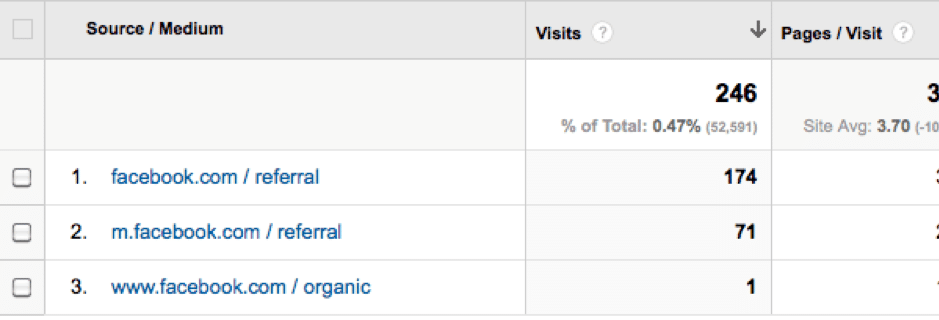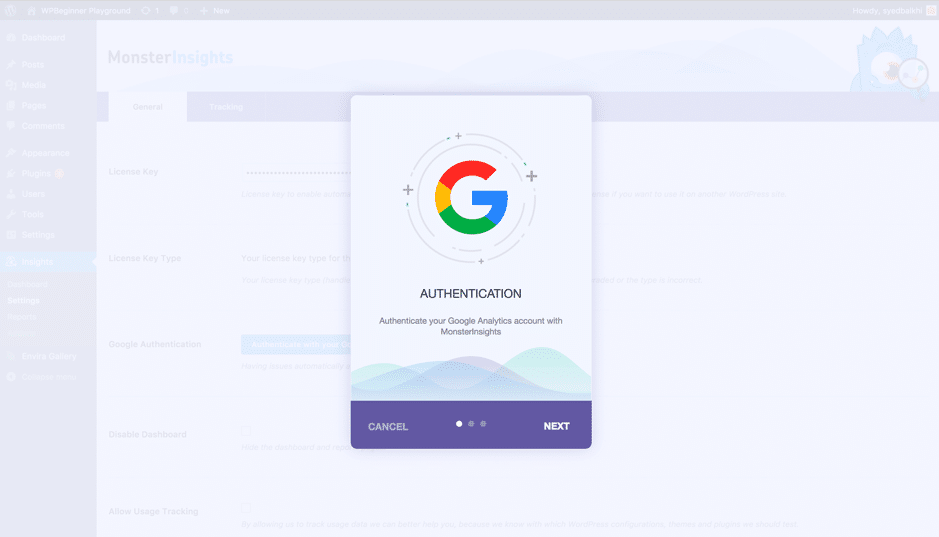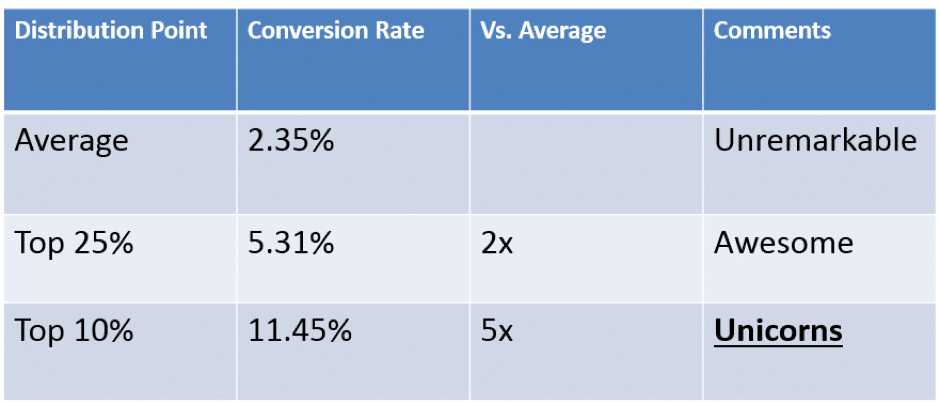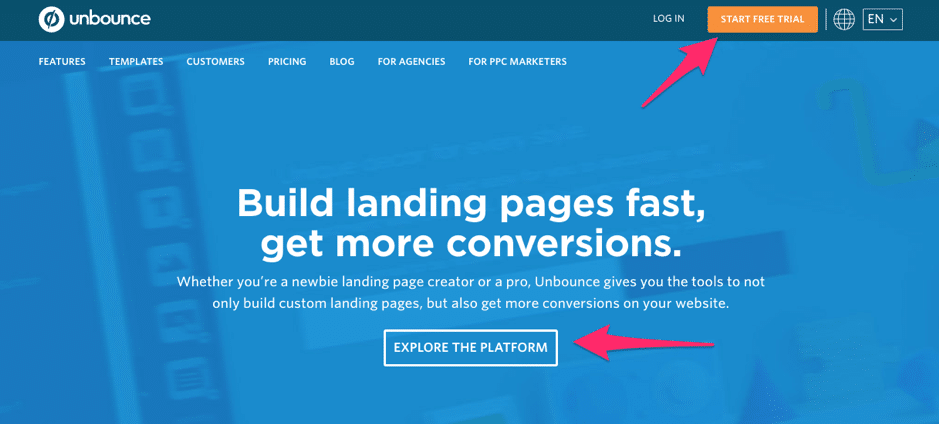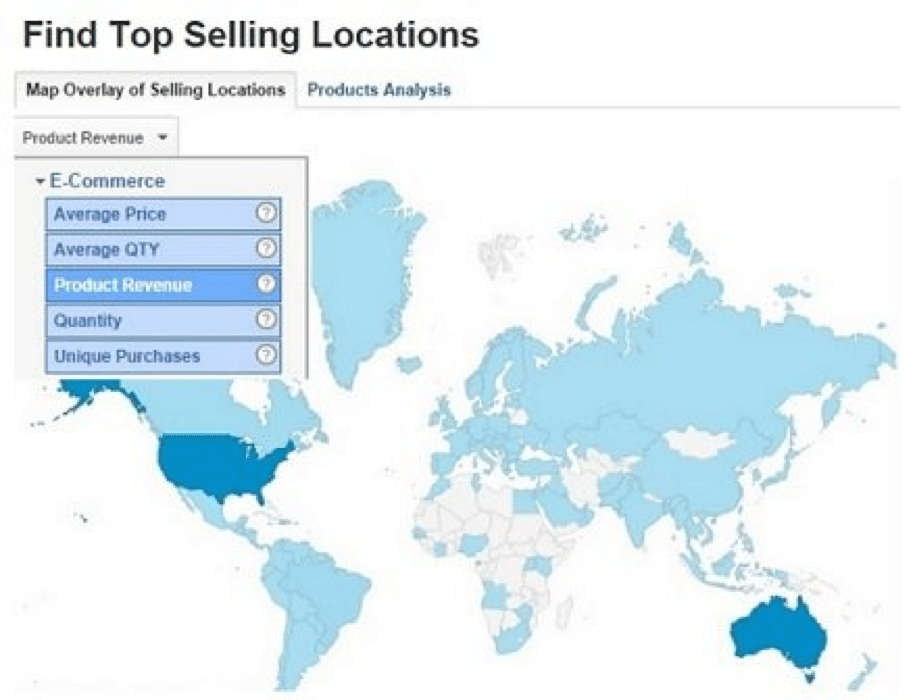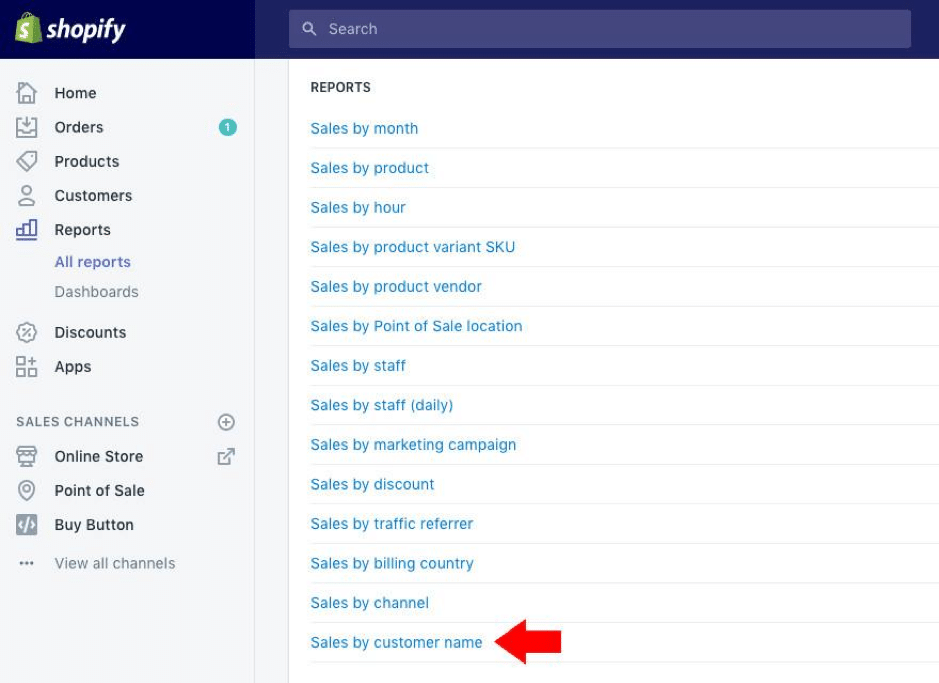Follow Lilach

5 Metrics You Must Assess for eCommerce Success
Let’s face it, running a successful eCommerce store isn’t exactly easy. It takes a lot of effort, time, and often financial commitment to get an eCommerce store off the ground. But once your store has launched and you’re making sales, how do you keep track of your ecommerce success? How do you know when it’s doing well and how can you find out how to improve it?
Every successful marketing plan has a significant section on analyzing metrics. With access to the right data, you can quickly assess how successful your eCommerce business is and find ways to make it even more successful.
In this article, we have taken a look at the most telling eCommerce metrics you can track.
5 Metrics You Must Assess for eCommerce Success
Metric #1: Web Visitors
Perhaps the least important metric for actually earning revenue, but without traffic, you aren’t going to make any sales whatsoever.
Let’s use an extreme case. If you only sell one item per 100,000 visitors, even in this example, more visitors will inevitably mean more sales.
With Google Analytics set up on your website, you can monitor your traffic and keep an eye on who is visiting your website. Google Analytics can be used to track page views and even help you to determine where your users come from.
This is incredibly useful if you’re running multiple marketing campaigns. For example, if you are being active on social media, you’re running Facebook ads and you’re posting content in your blog section, you can use Google Analytics to track the performance of both of these sources.
If you use WordPress, you can install Google analytics with a simple plug-in. MonsterInsights is a good choice. For Shopify, you can follow this guide here.
Metric #2: Conversion Rate
After you take your page visitor metrics into consideration, the next step is to monitor your conversion rate. This is easily one of the most important metrics in eCommerce.
Conversion rate is pretty simple to understand – it’s the percentage of visitors that visit your website and take the action you want them to. For your eCommerce store, this could be making a product sale, or it could be signing up to your email newsletter.
Once you can monitor your conversion rate, the next question to ask is – what is a good conversion rate?
A good conversion rate is between 2% and 5%. This means that for every 1,000 visitors, you should be getting between 20 and 50 sales.
If your conversion rate is too low, or you want to try to improve it anyway, there are a number of steps you can take.
Firstly, if your conversion rate is abysmally low, for example, less than 1%, you may need to redesign your website entirely.
Conversion rate often comes down to things like page speed, navigation, and overall website appearance. If your website doesn’t load fast, look attractive, and provide visitors with what they want quickly, your conversion rate will be lower.
Below is a great example of high converting web design from the company Unbounce. Its website is simple and very easy for the visitor to find what they need.
Besides the overall website design, consider adding more information to your products, better images, and more help channels, such as an FAQ page, a live chat software, or an email support option.
If you have a high bounce rate, be sure to check your page speeds. High-quality WordPress hosting is crucial for page load times. The faster your product images and descriptions load, the more likely you are to make the sale.
You want to make a good first impression and then give the visitors your trust.
Metric #3: Cost Per Customer Acquisition
If you are bringing in lots of visitors and your conversion rate is good, then you’re already off to a good start. However, the cost you are putting into each customer is also very important.
The amount you can spend on each customer relies heavily on your average order price. For example, if you, on average, make $50 profit per sale, you could theoretically spend up to $49 per customer on advertising costs and still be in profit.
Obviously, the goal here is to reduce your cost per acquisition as much as possible. This all comes down to optimizing your marketing efforts.
If you are using Facebook advertising or other online advertising platforms, you can use the tools they hand you to keep track of your cost per customer acquisition.
Remember that unlike conversion rate, there is no perfect ‘average’ number for your customer acquisition – it all depends on how much you can make per customer.
This means that you need to ask yourself how much profit you’d like to make per customer and attempt to bring your CPA (cost per acquisition) as close to that number as possible.
There are many methods available to reduce your CPA, but it often comes down to running multiple split tests of the same advert. Through trial and error, you’ll slowly learn what the best demographic is and what the best rules are for the ad.
This article lays out 12 useful CPA optimization methods, such as getting rid of no sales zones.
But whilst these methods are said to guarantee to improve your CPA, the truth is that your results may vary. You can use articles like this to base your own tests, but it’ll be on you to do the testing.
This is where it’s important to note that eCommerce can be very lucrative, but the biggest eCommerce success stories originate from those that put in the effort to make things work.
Optimizing your CPA off of your own back is an example of the hard work that’s necessary to take things to the next level.
Metric #4: Customer Retention Rate
Your journey doesn’t stop after you’ve made a sale. You should still be working to bring those customers back. A metric called customer retention rate is used to determine how many of your customers return for a second, third, or more consecutive times.
To work out the customer retention rate, we’d suggest using this formula.
- Number of customers that have shopped within the last 12-24 months that have also shopped within the last 6 months
- DIVIDED BY
- Number of customers that have only shopped once in the past 12-24 months
As an example, if you had 1,000 customers in the past 12-24 months, and 100 shopped again in the past 6 months, your retention rate would be 10%. You would have retained 10% of your customers.
It seems that a ‘good’ retention rate falls into a very wide range. Instead of trying to reach any particular milestone, instead focus on improving your own retention rate by using personalized emails, newsletters, and other remarketing methods.
Metric #5: Customer Lifetime Value
Customer lifetime value (LTV) is another very important metric for eCommerce because it helps you to determine how much your top customers will bring to you over their entire lifetime.
The hardest part of eCommerce is making a sale to a customer for the first time. The second hardest part is making the second sale. After that, your customers should start to trust your service and may come back frequently.
With customer lifetime value, you’re almost tracking the retention rate of customers alongside the amount they spend per order.
If you use Shopify, you will have a large arsenal of tools to manage and monitor your most loyal customers.
The overall takeaway is that you should start to track your customer LTV and then use techniques like social proof, comparison tables, and free shipping or discount offers to encourage your users to spend more and bulk out their shopping basket before checking out.
Once you’ve sold something to a customer, make sure to make their experience memorable. Great packaging and personalized emails are examples of how you can do this.
How to Track eCommerce Metrics for Success
To track the eCommerce metrics we’ve pointed out in this blog, you’ll need to choose a suitable platform.
Firstly, Shopify is a great eCommerce platform because it gives you many tools for tracking sales and the top eCommerce metrics. You can also use the Shopify card reader for integrating offline sales into your data.
After Shopify, the next most powerful tool is Google Analytics. A quick setup will give you tools about visitors and their behavior on your website. With more advanced setup, you can track important metrics such as customer LTV straight from within the Google analytics dashboard.
It is very crucial you take advantage of the free tools provided by Google and Shopify because without these, you’ll find it very difficult to monitor your metrics.
Once you do have these tools set up, you can keep an eye on your performance and take note of the results of any tests you run.
Summary
This brings us to the end of this article. We hope that you can take the information we’ve provided in this article to get started on improving the success of your eCommerce store.
About the author:
 Michelle Deery is a copywriter for Heroic Search, a SEO agency based in Tulsa. Her content has been featured in Entrepreneur magazine. She primarily writes content about eCommerce that helps businesses boost their conversions and increase sales.
Michelle Deery is a copywriter for Heroic Search, a SEO agency based in Tulsa. Her content has been featured in Entrepreneur magazine. She primarily writes content about eCommerce that helps businesses boost their conversions and increase sales.

Follow Lilach




